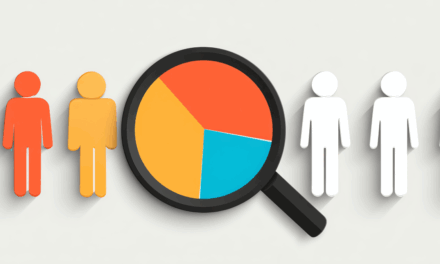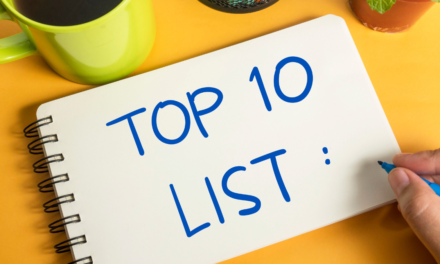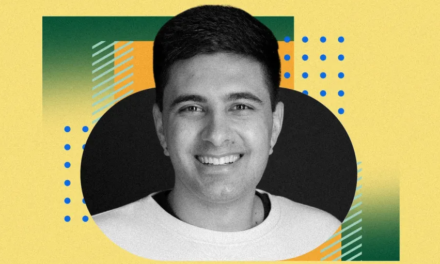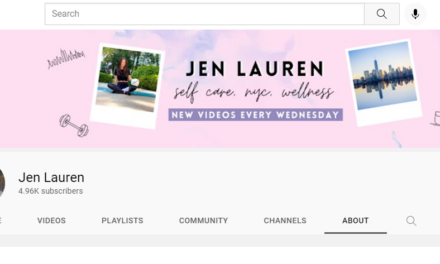Your audience doesn’t follow a direct path to purchase your content products. Your marketing shouldn’t push them to do so.
Instead of a marketing funnel, create a system that sends the right message at the right time to the right person in the right medium. To do that, opt for a subscriber and monetization flywheel. ConvertKit’s Shiv Chibber and Nathan Barry shared how it works at Creator Economy Expo:
1. Start with discovery: How do you get the word out about your business? You may use online ads, optimize your content for search engines, present at speeches and workshops, or collaborate with other creators.
Once they have discovered you and your brand, collect their email addresses. Entice them to provide their contact info by offering relevant content offers, such as a free webinar or newsletter. Build a landing page where they can sign up for the free content.
Monetization opportunity: Content sponsorships
Subscriber action: Download an ebook.
2. Nurture: Now that you have established a connection, you can nurture a relationship through a mutual exchange of information. You learn what they like about your content based on the emails they open, the links they click, and the giveaways downloaded.
Then, you can deliver relevant content based on what you learn. Nathan has a newsletter with 28K subscribers. He sends an edition every Tuesday at 10 a.m. – all his subscribers receive the same version. But every Thursday, he sends his “greatest hits” newsletter – flagship essays that his audience likely didn’t see but would enjoy. That Thursday newsletter isn’t the same for all subscribers. He has a sequence – the “hit” corresponds to the number of the week you subscribed.
At this stage of the flywheel, the goal is to move the audience from strictly education to buying interest.
Monetization opportunity: Sponsorships (newsletter, course, etc.)
Subscriber action: Register for a free mini-course.
3. Grow trust: When your audience indicates interest in your free content, they’re more likely to trust you and your paid products and services. Using calls to action in your free offerings allows the audience to see the opportunities. If they click or reply to the CTA, you can grow that relationship to the bigger offer – a paid course, event, or membership in your community.
A sales-focused automation email sequence can work well when triggered by a click or reaction from an audience member.
Monetization opportunity: Sponsorships
Subscriber action: Buy the paid newsletter.
4. Strengthen the relationship: Most entrepreneurs focus on the first three components of the flywheel and forget the audience after they’ve bought something. But that’s a mistake. Once someone purchases your product or service, how do you continue to deliver value? How do you find your happiest customers?
Ask them. Invite two-way conversations (i.e., reply to this email). Publish a survey. Talk with the community. Look at the quantitative data, such as emails opened, links clicked, etc.
The data from those interactions can tell you how to serve them better and how to build better pathways for future buyers that you can automate.
Monetization opportunity: Paid community
Subscriber action: Positive response to customer survey
5. Achieve admiration: At this point, you want to have identified your happiest audience members and enable them to shout from the mountaintop about you and your brand.
They can serve as promotional partners formally or informally. Invite them to share your content. Give them a custom discount code to distribute for your upcoming event or product release.
Monetization opportunity: One-on-one coaching
Each time a cycle of the subscriber and monetization flywheel is complete, you and your audience return to the discovery stage. Only this time, completing the circle will go faster, given what you’ve learned in the first round.
About the author
Ann regularly combines words and strategy for B2B, B2C, and nonprofits, continuing to live up to her high school nickname, Editor Ann. An IABC Communicator of the Year and founder of G Force Communication, Ann coaches and trains professionals in all things content. Connect with her on LinkedIn and Twitter.










